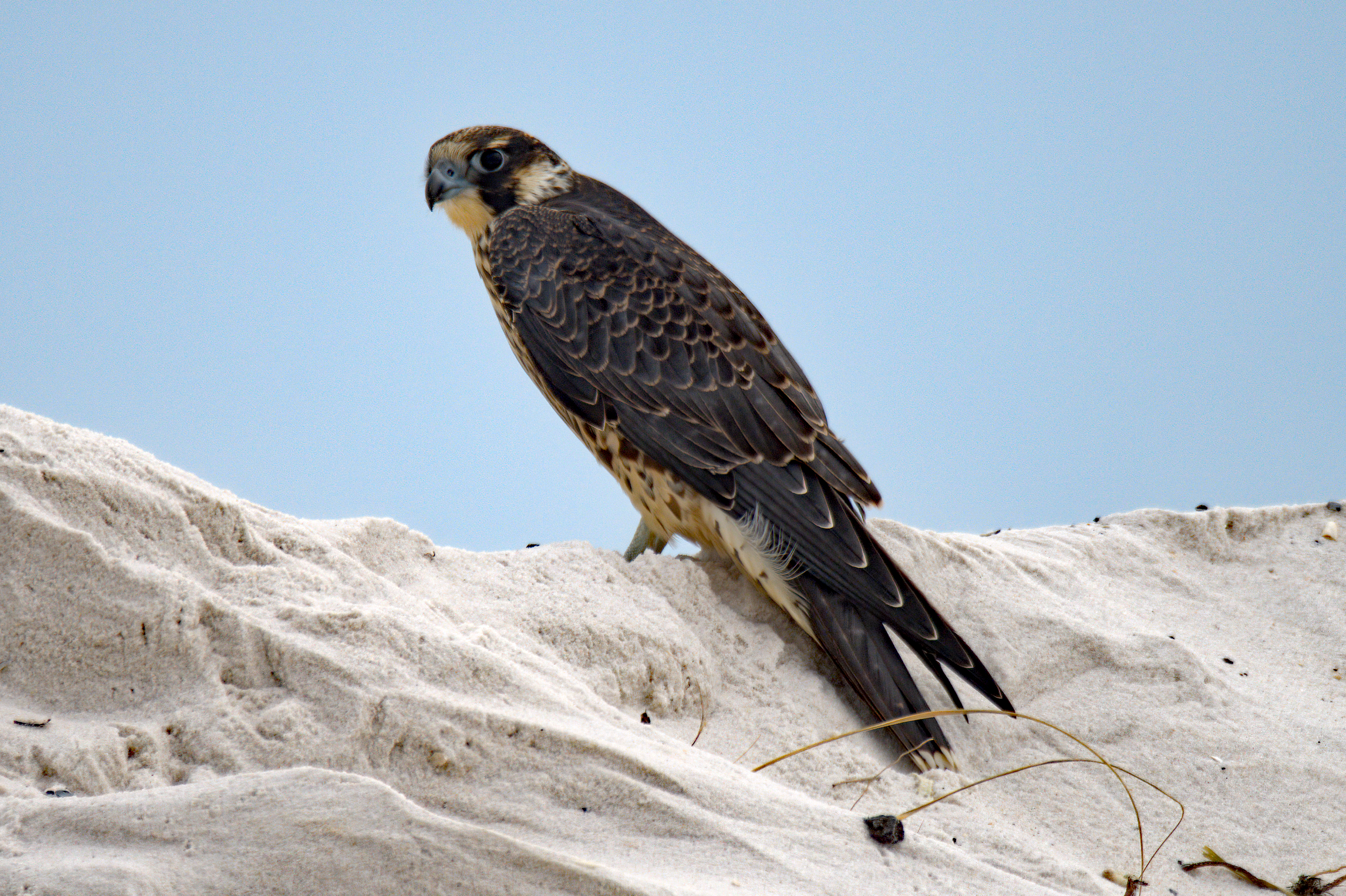
they turn from a vertical dive into a steep climb. For instance, during courtship behavior they often change their flight path at the end of a dive, i.e. Peregrines are not only extremely fast flyers but also maintain remarkable manuverability at high speeds. the wings are completely folded against the elongated body. At top velocities (up to at least 320 km h −1) peregrines build a wrap dive vacuum pack, i.e. In this flight phase the front part of the wings have a cupped-like profile,. This is followed by a tight vertical tuck of the wings up to speeds of 240 km h −1. Several stages can be discriminated: up to about 190 km h −1 the falcon shows the classical diamond shape of the wings. During a dive, peregrines also alter the shape of their wings while accelerating, they move them closer and closer to their body. Nearly all bird species can alter the shape of their wings and thus can change their aerodynamic properties, , a concept known as ‘morphing wing’. During horizontal flight, it reaches velocities of up to 150 km h −1 (, ) and even more than 320 km h −1 when nose-diving to attack its bird prey (e.g. The peregrine falcon ( Falco peregrinus) is one of the world’s fastest birds. High-resolution pictures of the diving peregrine indicate that feathers pop-up in the equivalent regions, where flow separation in the model falcon occurred. Visualizations of the flow in the wind-tunnel uncovered details of the flow structure around the falcon’s body, which suggests local regions with separation of flow. We compared these forces acting on the model with the data obtained from the 3-D flight path trajectory of the diving F. peregrinus and used it to measure the drag and lift forces in a wind-tunnel.

Using these data we built a life-size model of F. The dam allowed us to match the high-resolution images obtained from the digital camera with the corresponding images taken with the high-speed cameras. In addition, body images of the falcon were taken from two perspectives with a high-resolution digital camera. Flight trajectories were obtained with a stereo high-speed camera system. The presence of a well-defined background allowed us to reconstruct the flight path and the body shape of the falcon during certain flight phases.

peregrinus were trained to dive in front of a vertical dam with a height of 60 m. Unfortunately, in freely roaming falcons, these high velocities prohibit a precise determination of flight parameters such as velocity and acceleration as well as body shape and wing contour. During a dive peregrines can reach velocities of more than 320 km h −1. This study investigates the aerodynamics of the falcon Falco peregrinus while diving.


 0 kommentar(er)
0 kommentar(er)
